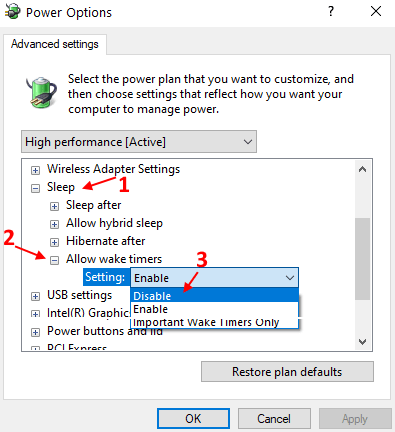

If your smartphone is not charging even after performing the directions mentioned in Method 1, it could be because Always On USB feature is turned off under BIOS/UEFI. If you have multiple USB Root Hub entries under Universal Serial Bus Controllers, you need to follow the instructions in Step 3 and Step 4 for all USB Root Hubs.Ĭhange USB power settings under BIOS/UEFI Here, uncheck the option labeled Allow the computer to turn off this device to save power. Step 4: Click on the Power Management tab to switch to the same. Step 3: Right-click on USB Root Hub and then click Properties to open USB Root Hub Properties. Step 2: Once the Device Manager is launched, expand Universal Serial Bus Controllers to see all USB controllers. Alternatively, in the Run command box (use Windows logo + R to open), type Devmgmt.msc, and then press Enter key. Then click OK, and exit any other open Power Options windows.Step 1: Type Device Manager in the Start menu or taskbar search box and press Enter key to open the same. If it is any other amount, click and hold the down arrow until the option for Never displays.
Verify that the Sleep after setting is Never. Click Sleep after to expand the Sleep after options. Click Sleep to expand the Sleep options. Click Plugged In, and then click and hold the down arrow until the option for Never displays. Click Turn off hard disk after to expand these options. 
 Click Hard Disk to expand the Hard Disk options. If you do not see High Performance listed, click Show additional plans to display this option. Type in power options, and from the list that displays click Power Options. Click the Windows icon in the lower left-hand corner of the screen to display the Search Programs and Files box. If you do, be sure to click the lock icon again to re-lock your settings when you're done. Note: You may need to click the lock icon in the lower left-hand corner of the Energy Saver window to change the settings. Clear the Put hard disks to sleep when possible check box. Move the Computer Sleep slider to Never. On the dock, or from the Apple menu in the top left corner, click System Preferences. If you disable sleep mode on your computer, SugarSync can complete the initial sync process much more quickly.Ĭhanging your computer's power settings to keep it from going to sleep: When a computer is sleeping, any processes running in the background (like SugarSync syncing data) will stop. Most computers have default settings that put them into sleep mode automatically after a given period of time (typically between 15 minutes and one hour).
Click Hard Disk to expand the Hard Disk options. If you do not see High Performance listed, click Show additional plans to display this option. Type in power options, and from the list that displays click Power Options. Click the Windows icon in the lower left-hand corner of the screen to display the Search Programs and Files box. If you do, be sure to click the lock icon again to re-lock your settings when you're done. Note: You may need to click the lock icon in the lower left-hand corner of the Energy Saver window to change the settings. Clear the Put hard disks to sleep when possible check box. Move the Computer Sleep slider to Never. On the dock, or from the Apple menu in the top left corner, click System Preferences. If you disable sleep mode on your computer, SugarSync can complete the initial sync process much more quickly.Ĭhanging your computer's power settings to keep it from going to sleep: When a computer is sleeping, any processes running in the background (like SugarSync syncing data) will stop. Most computers have default settings that put them into sleep mode automatically after a given period of time (typically between 15 minutes and one hour).







 0 kommentar(er)
0 kommentar(er)
